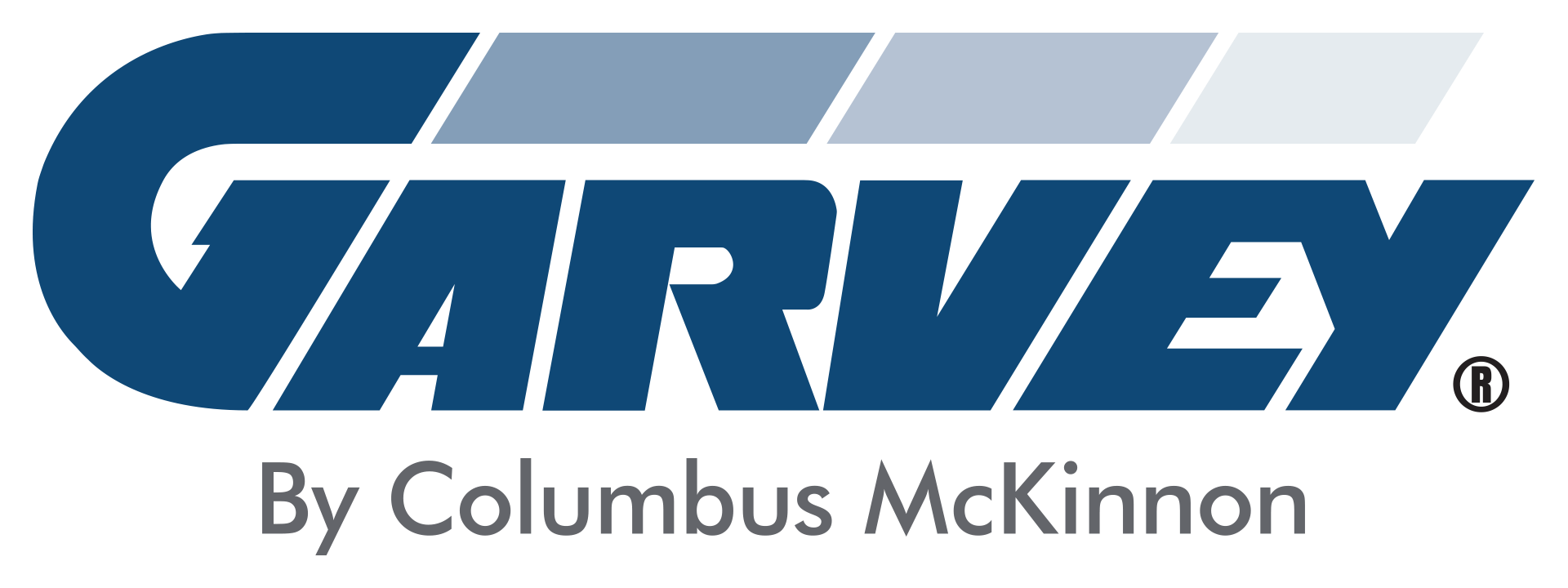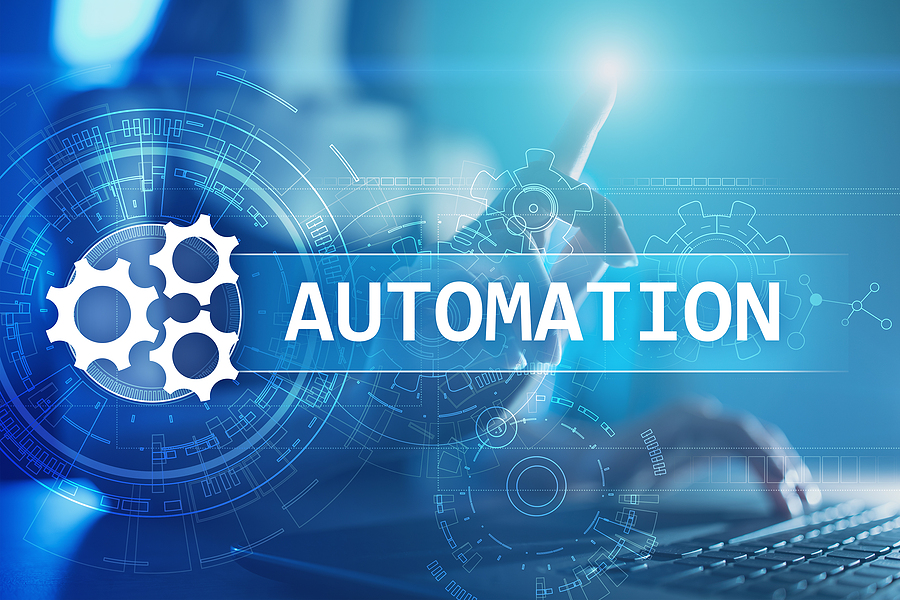You already know that automation is a way to reduce your production costs. In fact, cost reduction is the main argument in favor of most automation projects.
But, do you know how much money automation can really save you? Probably not. The reason is that automation can reduce costs in unexpected ways — for example, by eliminating problems that you didn’t even know were happening. This article explores both the obvious and the non-obvious ways automating your production line can reduce your operating costs.
Increasing throughput
This is the big one, and likely the one you’re most familiar with. Automation allows you to run your line faster, which gives you more output per unit of time. And, as they say, time is money!
Clearly, the more product you make, the more profit you’ll make. But how do throughput increases translate into savings? The answer is that increased throughput goes hand-in-hand with the rest of the factors on this list.
Decreasing labor costs
For most businesses, and certainly for manual manufacturing processes, the biggest direct cost is labor. In the second quarter of this year, the unit labor costs in the manufacturing sector increased 29%, the largest increase since the Bureau of Labor Statistics began tracking this data in 1987. While the quarter-over-quarter results were impacted by plant shutdowns due to COVID-19, unit labor costs are still 9% higher than they were a year ago. Real hourly compensation in manufacturing is also up — 14% QoQ and 4% YoY.
Especially in businesses with already-tight profit margins, such as food manufacturing, reducing labor footprint is the single best way to reduce costs. Automation allows you to do exactly that.
For example, by automating part of their pack-off process, Good Foods was able to increase efficiency by ~30% in pounds per man-hour and shave off ~1,000 hours in direct labor costs per week.
Decreasing product loss by improving material handling
The more a product is handled, the greater the chance that product will be damaged. Even the best, most highly trained operators will sometimes drop a product, mispack it, mislabel it, or otherwise compromise it.
Reducing manual touchpoints is the best way to minimize this type of damage, as well as the associated cost. Say you currently lose 1% of your products to damage. Now imagine the bottom-line impact of cutting that down to 0.5% or even 0.25%! Depending on the size of your business, the result of this one change could range from “significant” to “massive.”
Reducing raw materials costs
As a corollary to the point above, automation can also help you reduce your raw materials costs by reducing waste. When it comes to many industrial processes, such as portioning, machines are simply more accurate than people. Less variance = less waste = more savings.
Garvey helps companies across the manufacturing industries save money and improve operations through automation projects. Get in touch to learn how we can help you.




